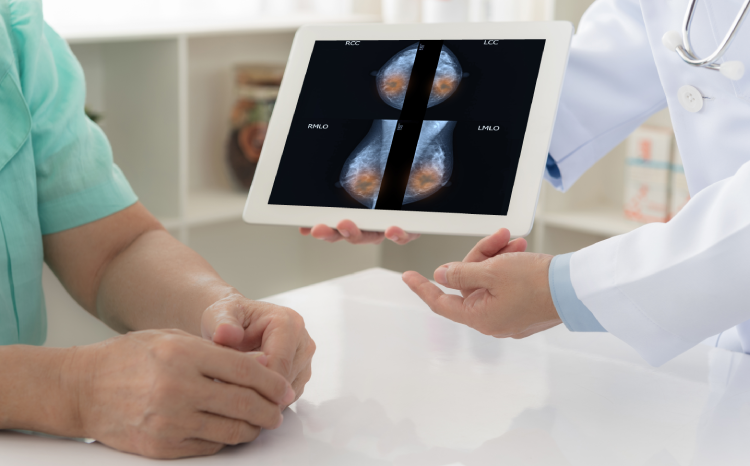Hull green lights A&E patient progress software
- 27 August 2004
IT staff at Hull and East Yorkshire Hospitals NHS Trust have developed an alert system for the A&E department that displays each patient’s progress and location, with ‘traffic-lights’ that warn how close to the Government’s four-hour waiting time target they are.
The software, which is currently unnamed, was developed by Alan Wilson in the PCT’s IT department and implemented and installed by Mike Barnett, from Hull PCT’s networking services. The program was written in Visual Basic and interfaces with the existing booking system, iSoft Clinician.
Martyn Smith, Head of IT and Hull and East Yorkshire, told E-Health Insider that the software had been operating for a month and was already a success. “It’s definitely helping,” he says. “Staff in the department say it has a major contribution to safety and efficiency of the patient area."
The ‘traffic-light’ system starts with green for new patients, goes to amber for those waiting for over an hour, then purple for people whose waiting times are about to hit the Government’s four-hour target, and red for those who have breached it.

The traffic light system (above) is now in use throughout the three departments, Minors, Majors and Paediatrics, with a main 42" plasma screen in the Majors unit. The displays show the name of each patient, how long they have been waiting, and an icon showing their current status: for example, if they are in X-Ray or being seen by a clinician, and whether they were brought in by ambulance or came of their own accord.
Smith insists that privacy issues with screens displaying patient information around the department have been addressed; many of the sites of the screens are not in public areas. Although one has been placed in the Majors unit, Smith says: “Given that most people in the Majors come in on a trolley, it would be difficult for them to see it."
Customised displays are available, too: “It’s also pushed out to individual PCs in Paediatrics, Majors and individual areas, so clinicians can see their own views."
The display program takes a ‘CS-EUR’ (end user report) feed from the booking software every five minutes and copies it to a separate server, from which updates can be taken. This ensures that the admin and booking system doesn’t become overloaded. “[We make] a direct hit on the patient server – we take one hit and take it to another server, so we have minimised the impact on patient admin. There’s no direct input to the A&E system."
As the software was developed within the hospital, the trust effectively only paid for the embedded costs in the programmers’ salaries. The additional hardware, such as the main 42" plasma screen, was paid for by extra Government funds given to the trust’s A&E department for already being one of the best-performing in the UK.
Alan Harper, divisional manager for medicine, said: “We were fortunate to have been given this extra funding, in addition to funding from the Emergency Services Collaborative, and our view was that we must spend it on further enhancing our performance."
Helen Hudson, matron at the A&E, said: “The screen is proving to be extremely helpful to staff and a real benefit to patients, whose journey through the Department is now more easily visible to staff and therefore monitored even more closely than normal. It is helping to improve communication."
Smith told EHI that there are no current plans to lend, lease or sell the patient display software. However, he says would be receptive to any enquiries. “We haven’t directly spoken to iSoft about this product, but this is something that they know we have done."

Left to right: Mark Green, A&E Service Manager, Nikki Shimells, A&E Staff Nurse, plus the two developers: Alan Wilson, Systems Developer and Mike Barnett, Senior Client Support Officer.




